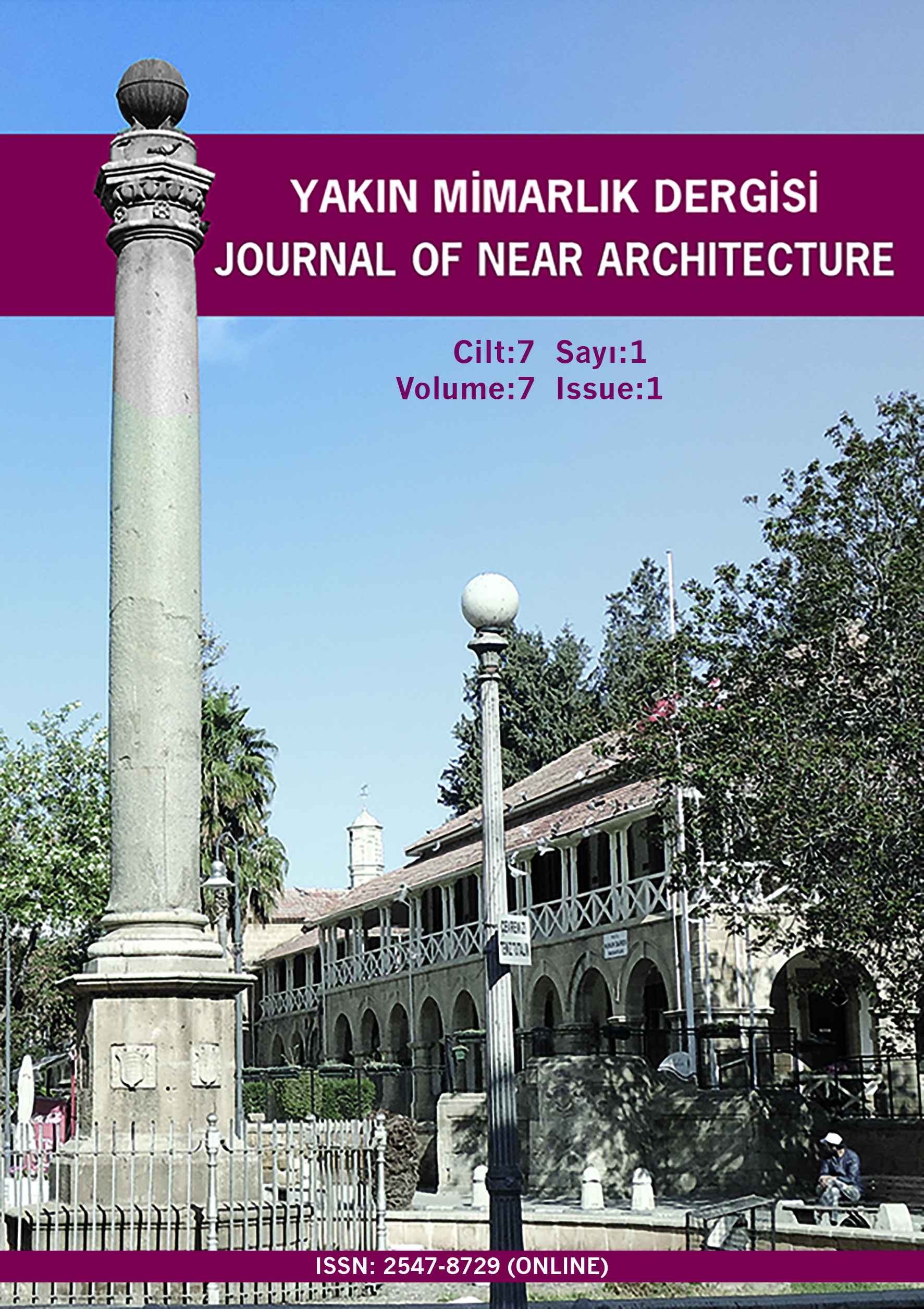From a building to a city revealing cultural values with augmented reality technologies
DOI:
https://doi.org/10.32955/neujna202371591Keywords:
Cultural Heritage Tourism, Tangible Cultural Heritage, Augmented Reality Technology, User ExperienceAbstract
Cultural heritage tourism is a source of information that conveys the history and culture of a place and the people living there. This source of information needs technologies that will affect visitors' expectations and learning experiences. Virtual reality, augmented reality and mixed reality technologies and applications are used to enhance these experiences. These technologies tend to transfer information about cultural heritage formations to the masses and to personalize the experience to be lived. The factors that enable the user to interact with the content through these technologies are innovative actions and educational opportunities based on participation and experience. Wearable technologies, mobile devices and spatial augmented reality technologies are the tools that make this interaction possible. In particular, augmented reality technologies add layers of digital information to the physical world, real and simultaneously, and involve the user in the physical space with virtual data. At this point, reality becomes complete rather than completely changed. Augmented reality technologies make it possible to “See what your eyes cannot reach”, “See what your eyes cannot see”, “Tell you what you are seeing” and “See with more eyes” from building scale to urban scale. The important thing here is not to be detached from the physical space and context. As stated by Ramos et al. (2018), while traditional or new generation mobile maps and travel guides enable users to gain information and discover new places, they cause them to pay less attention to the environment and focus on the content and the vehicle that transmits this content. This situation basically limits the user's interaction with the physical world and puts him in a more simulated environment. On the other hand, Augmented reality technologies clearly relate information about cultural routes with the physical environment. It helps visitors get to know unknown places in an interactive, fun and educational way. In this context, the study aims to convey the data on how augmented reality technologies are used in cultural heritage areas from a building to a city through application examples.







